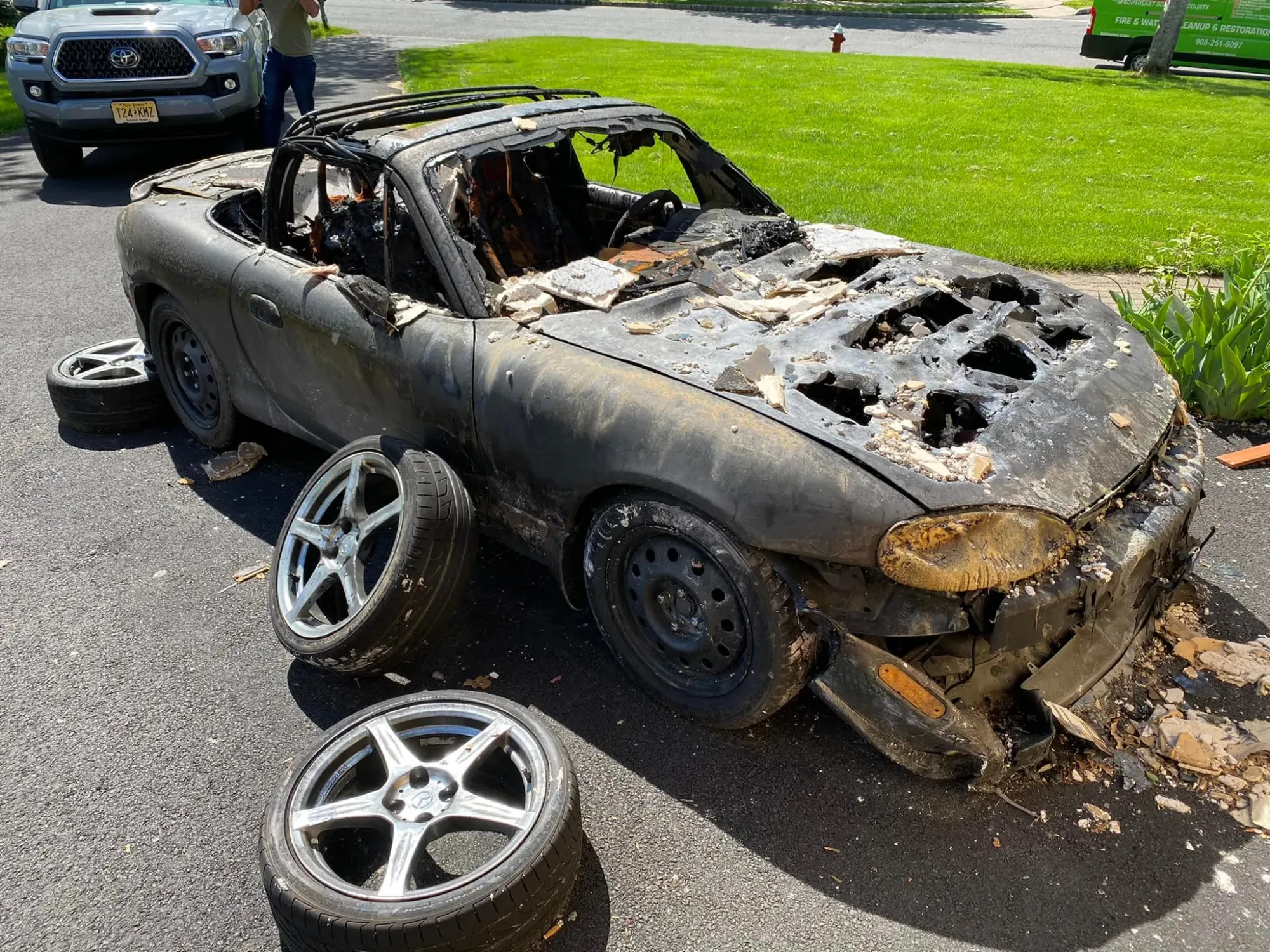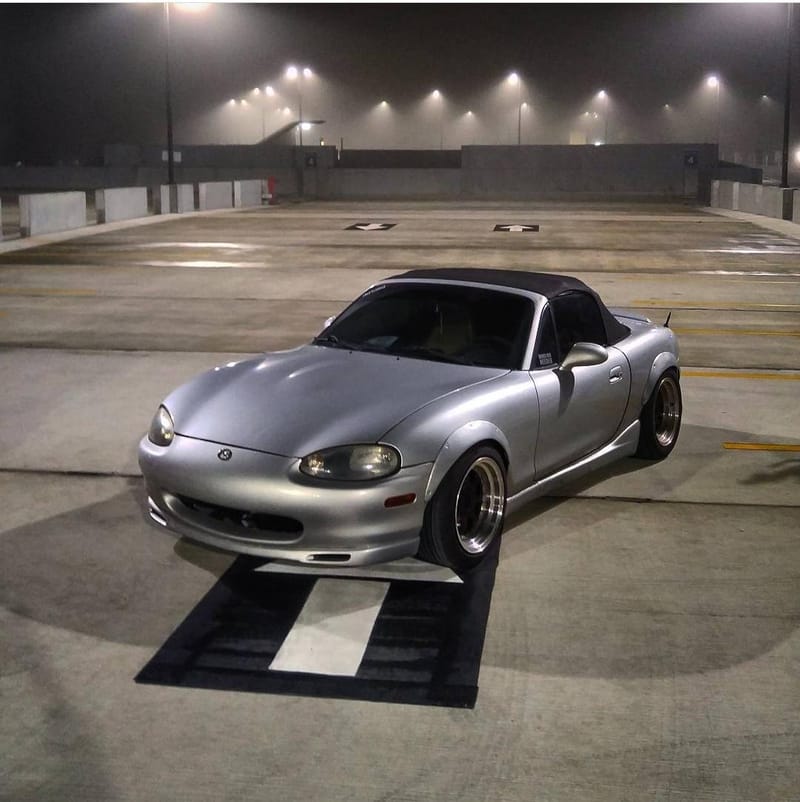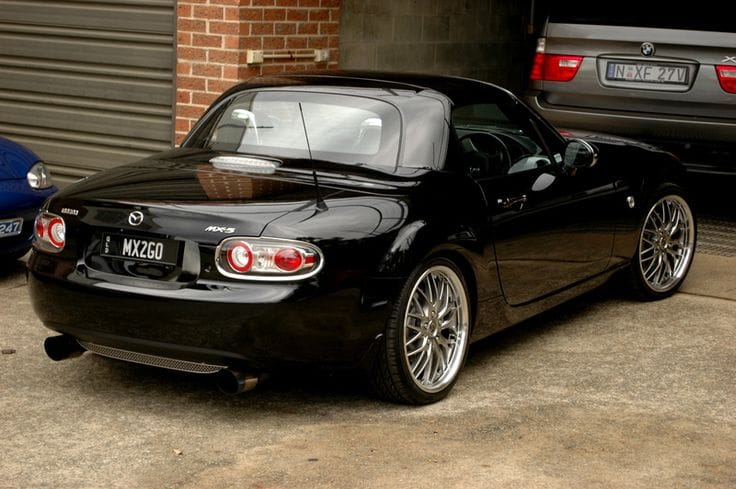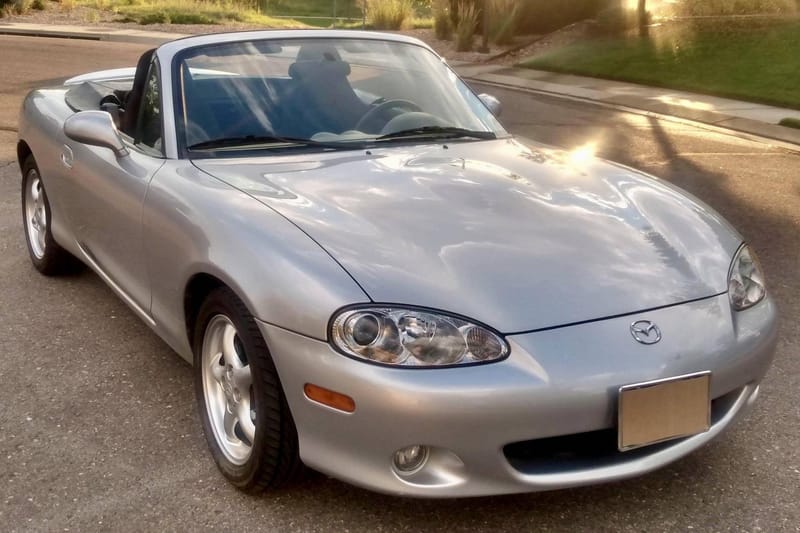Take Care of Your Turbo Miata
Turbocharging a Miata transforms its performance, but it requires careful tuning and maintenance. But it’s not indestructible. This guide covers failure points and key upgrades to keep your boosted Miata running strong.

A turbocharged Miata is a special kind of fun, adding a serious dose of excitement to an already engaging car. The MX-5’s lightweight platform offers incredible handling and direct feedback, but what really sets its powerplant apart is the heritage it carries over from Mazda’s 323 GTX, a rally-bred machine from the 1980s. That lineage gave the Miata engine some nice perks, like forged crankshafts and oil squirters, making it more receptive to forced induction than you’d expect from a small four-cylinder. However, it’s important to remember that “turbo-friendly” does not equal “indestructible.” Once you surpass factory power levels, precise tuning and conscientious maintenance become critical if you want to avoid pricey breakdowns. This guide will walk you through the Miata engine’s background, the common failure points, and the best ways to keep your turbocharged roadster running happily.
Miata Engine Background
The two primary engines in early Miatas are the 1.6-liter (B6) and the 1.8-liter (BP). The 1.6L reigned from 1989 to 1993 and shares much of its DNA with the B6T motor in the 323 GTX. It came from the factory around 116 horsepower but can usually handle roughly 180 to 220 wheel horsepower on stock internals, provided the engine is healthy and the tune is on point. Overdoing it, especially by pushing torque too aggressively in the midrange, can lead to reliability issues. In 1994, Mazda introduced the 1.8L engine, which brought along a slightly larger clutch, beefier rods, and a modest bump in horsepower, typically landing between 128 and 133 horsepower in early versions and around 140 horsepower by the late ‘90s. The 1.8L can often manage about 200 to 250 wheel horsepower reliably on the stock bottom end, though torque spikes above roughly 225 lb-ft can threaten the rods and oil pump. The later (2001–2005) VVT-equipped BP keeps the fundamental architecture but adds variable valve timing on the intake cam, providing a flatter torque curve. The trade-off is that increased low-RPM torque can stress rods and bearings more easily if the tune isn’t careful about timing and fueling.
Known Weak Points Under Boost
Once you start cranking up the boost, a few Miata engine and driveline components are especially prone to failure. Connecting rods can bend or break if torque climbs past about 225 to 250 lb-ft at the crank, or if you repeatedly lug the engine at low RPM while on boost. Oil pumps, which are generally fine at moderate revs, can see their gears crack when you push the engine past 7,000 RPM frequently or expose it to sudden high-load spikes. Meanwhile, bearings (rod or main) can spin or wear out quickly if you run low on oil or go too long between changes, resulting in a domino effect of potential crank and rod damage. The transmission and clutch can also become weak links. Stock five-speeds can handle mild power gains but may fail under constant abuse or repeated clutch dumps. Lastly, the cooling system can be overwhelmed by the extra heat a turbo generates, potentially causing overheating and warping the head or blowing the head gasket.

Preparing for Boost
A good rule of thumb is that you want to ensure your Miata is in top-notch shape before you introduce forced induction. Begin with a compression and leak-down test to confirm that the piston rings and valves are sealing well. If those numbers look questionable, it might be cheaper in the long run to handle repairs or rebuilds first. Replacing old seals and gaskets is also essential, pressurized air and oil will find every tiny crack in worn-out rubber. Upgrading the cooling system, including a thicker aluminum radiator, fresh hoses, and maybe an oil cooler, will help manage the extra thermal load. You’ll also need to address the fuel system and engine management. Larger injectors, a stronger pump, and a standalone or piggyback ECU allow for more precise tuning, essential to prevent detonation under boost. Finally, consider a stronger clutch and inspect the transmission for any signs of impending failure, because once you up the power, any existing weaknesses will show up fast.
Turbo Longevity
Using a thinner oil, like 0W-20 or 0W-30, can improve lubrication on cold starts, which is especially crucial for a turbo spinning upwards of 150,000 RPM. In hot climates or during track use, however, you might opt for a heavier grade like 5W-40, as long as you monitor oil temperatures and pressures. Always warm up the engine before heavy throttle, taking 10 or 20 minutes of moderate driving helps the oil reach ideal viscosity. After a spirited drive, let the engine idle for a minute or so before shutting it off, which allows the turbo to cool and prevents oil from cooking into carbon deposits on the turbine bearings. Frequent oil changes, every 5,000 to 6,000 miles, or more frequently under severe use, will help keep contaminant levels in check, and it’s vital to use a high-quality oil filter. Another good habit is avoiding low-RPM, high-boost situations (often called “lugging” the engine) by downshifting instead of flooring it at 1,500 RPM. Finally, limit extreme cold starts or very short trips in below-freezing conditions; a cold, thick oil can leave the turbo’s bearings with minimal lubrication in those first critical moments.

Tuning and Power Management
When it comes to making reliable power, torque is usually the number one culprit behind broken rods. Shaping your powerband to avoid huge torque spikes in the midrange helps protect your internals. Closed-loop boost control systems are a great way to manage this, especially in colder weather when turbos are more efficient and can inadvertently produce more boost than you intend. Monitoring your engine with a wideband O₂ sensor, knock detection, and solid oil pressure and temperature gauges can provide early warnings that something’s amiss, letting you correct problems before they escalate into catastrophic damage.
Balancing Daily Driving vs. Project Car
For those who drive their Miatas daily, pushing the envelope might not be worth the stress on aging factory internals. Sticking to a relatively modest 175–220 wheel horsepower can transform the car without making it a ticking time bomb. Older rubber hoses, belts, or sensors may fail once forced induction raises the heat and pressure, so factor some extra money into your build budget for unexpected replacements. And if you absolutely need your Miata for everyday transportation, keep in mind that any turbo build or repairs can take days or even weeks to sort out if you encounter problems. Having a backup vehicle can save you tons of frustration.

Example Power Thresholds
The stock 1.8 bottom end tends to be fine in the 200–210 wheel horsepower range with good tuning and healthy components. Once you move into the 210–250 whp zone, you’re at risk of rod or oil pump failures if you’re frequently at high RPM or launching hard. Beyond 250 whp, it’s time to look at stronger rods, pistons, and possibly a 6-speed transmission. Meanwhile, the 1.6 follows roughly the same logic but with slightly lower upper limits.
Turbocharging a Miata blends the car’s beloved agility with an addictive, boost-fed rush. The rally-inspired underpinnings of the B6/BP engines make moderate forced induction surprisingly manageable, but don’t take that as a license to neglect best practices. Keeping torque within realistic limits, investing in proper supporting mods for cooling and fueling, driving smart (warming up, cooling down, and avoiding lugging), and staying on top of maintenance will let you enjoy every twisty back road or track session without major worries. When done right, a turbo Miata retains its nimble character while serving up a satisfying power surge, truly the best of both worlds. Happy boosting, and remember: take good care of that Miata so it can keep putting a grin on your face for miles to come.




